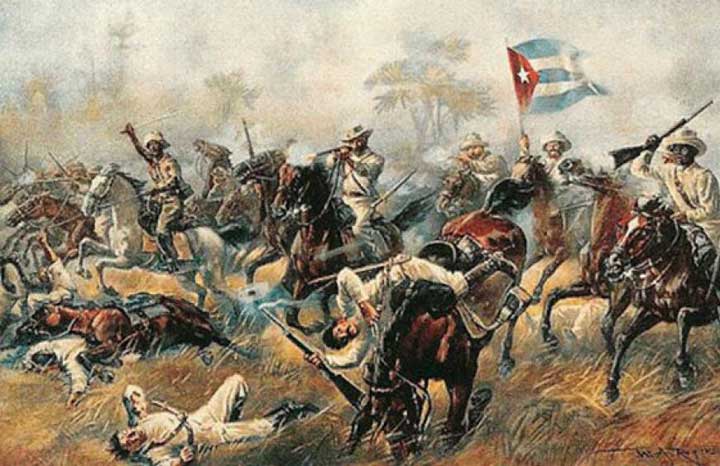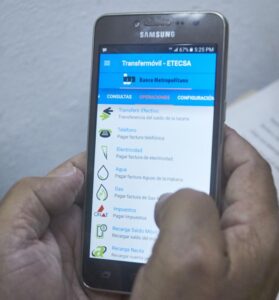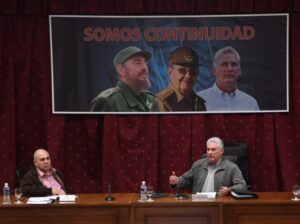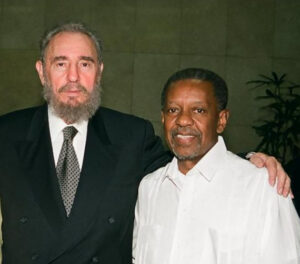On 24 August 1879, a new libertarian conflict broke out in Cuba, the so-called Little War, an expression of the firm patriotic will of the Mambi warriors to continue fighting for freedom with weapons in hand, unhappy with the end of the opprobrium imposed the previous year by the Zanjón Pact on the Ten Years’ War (1868-1878).
The honour of the best Cubans had been saved on 15 March 1878 with the Baraguá Protest, led by Lieutenant General Antonio Maceo, who was categorically opposed to the surrender of the pro-independence arms.
But the Yara Revolution was in fact mortally wounded for internal reasons as well as external ones, after 10 years of devastating fighting at the height of 1878, so that not even courage and dignity could save the continuity of the campaign. But the will to recover and persevere remained, under the conditions of dispersion and persecution imposed by Spain.
The beginning of the Chiquita War, led from exile by General Calixto García, showed that the spirit of Baraguá animated the noble cause of the libertarians, although many of the reasons that undermined the unity and strength of that movement, weighed down by regional caudillismos, the strength gained by annexationism, unforgivable intrigues and growing manifestations of racism, had not yet been overcome.
That 24 August of new Mambise clarions undoubtedly boosted morale at a time when the oppressors believed that the resonance of the historic Baraguá Protest had been depressed, and were surprised because they thought that the islanders had learned their lesson.
General Calixto García, at the head of the Revolutionary Committee he had founded in the United States, was in command of the new conflict as he prepared to join the fighting, which he could only reach in May 1880, but he could do little because of the disorganisation in the insurgent camp and the profound internal weaknesses.
Of course, General Antonio Maceo and other insurrectionists in emigration also collaborated from Jamaica, and coincidentally, the 27-year-old José Martí, together with Juan Gualberto Gómez, was supporting them from Cuba, developing a political and mobilising activity that would later serve both of them to prepare for the 1895 conflict.
The Chiquita War also brought together José Antonio Aguilera in western Cuba; and Guillermón Moncada, José Maceo and Quintín Banderas in the east, among other outstanding early combatants.
However, the authorities managed to apprehend the revolutionary conspirators Flor Crombet, Pedro Martínez Freire, Mayía Rodríguez, Pablo Beola and Silverio del Prado, who were betrayed by a Hispanic spy who penetrated the movement.
In September, José Martí and Juan Gualberto Gómez were also arrested and deported to Spain, a blow to the uprising in the West.
But on 24 August 1879, patriots led by Brigadier Belisario Grave de Peralta took up arms in Holguín, followed two days later by the Santiagueros, led by Guillermón Moncada and Colonels José and Rafael Maceo and Quintín Banderas, while in Baracoa, in the far east, the battle bugles sounded.
Several pockets of fighting opened up in the centre, in the Las Villas region, commanded by Colonel Francisco Carrillo and Brigadier Ángel Maestre.
Meanwhile, on the ground, the arrival of the Bronze Titan was awaited, but obstacles were imposed on him, dictated by the prejudices of some Mambise chiefs who believed that his presence would favour the race wars that Spain was waging against the rebels.
A new element appeared with the founding of the Autonomist Party, which emerged after the Zanjón Pact, from which an active campaign of condemnation of the war was waged, citing, in addition to racism, the country’s inability to engage in another confrontation due to the state of destruction of the national wealth in the recently concluded Ten Years’ War. This played a major role in undermining the unity and steadfastness of the people.
This led Calixto García to lay down his arms in August 1880, an act that the other rebel leaders also carried out later, bringing this attempt at independence to an end.
As we have said, this was a sobering period for José Martí. He managed to escape his second deportation to Spain and made his way to the USA, from where he joined the Revolutionary Committee as second in command to General Calixto García.
He devoted himself to learning at first hand, from authoritative sources, the causes of the end of the first libertarian struggle and reached very accurate conclusions, which served him well in his work as a tenacious revolutionary and in his political preparation.
We might add that the experience of the Chiquita War, although very brief and without achieving the objectives of the war, was also very useful to him in his work as a tenacious revolutionary and in his political preparation.




